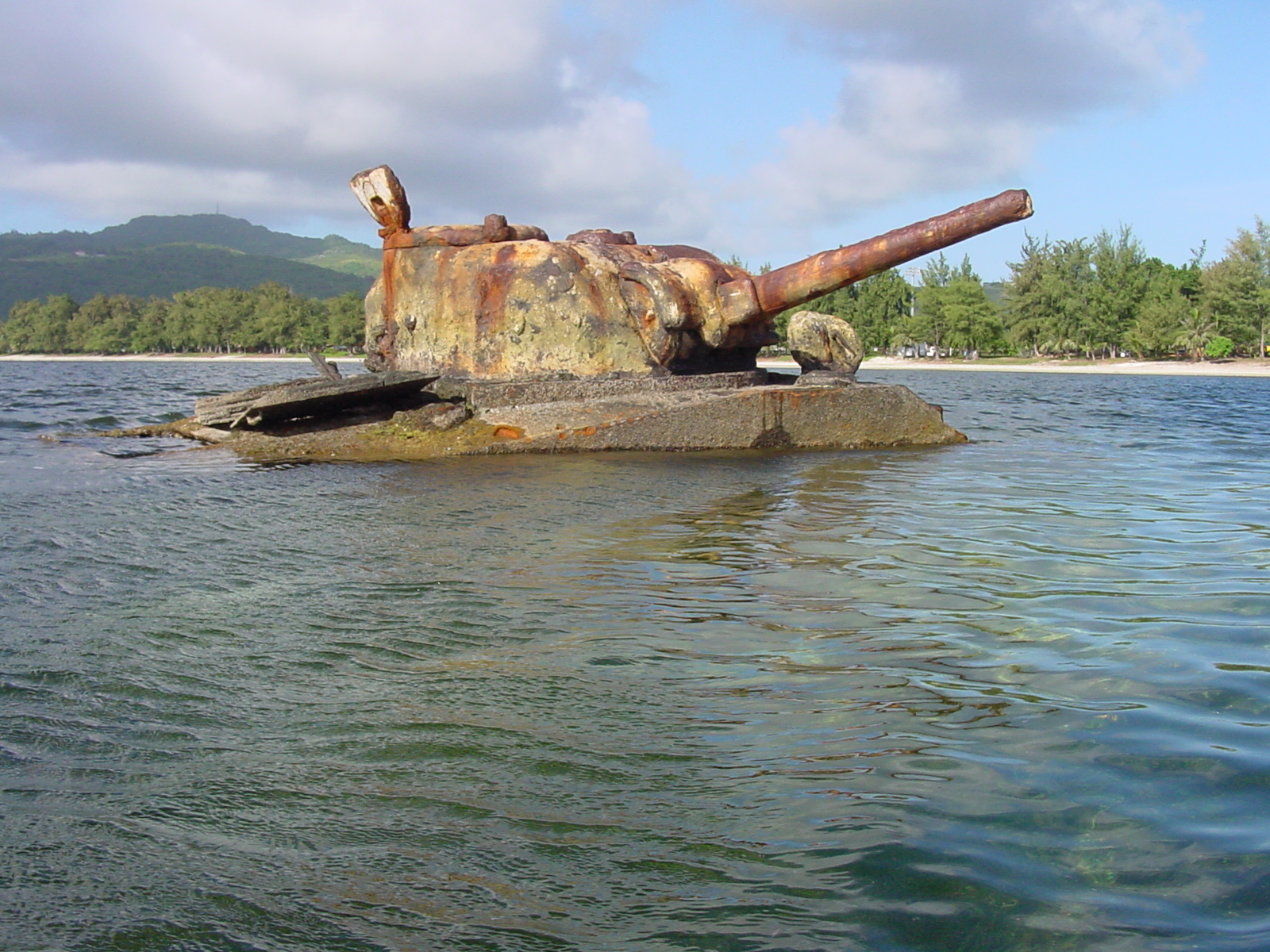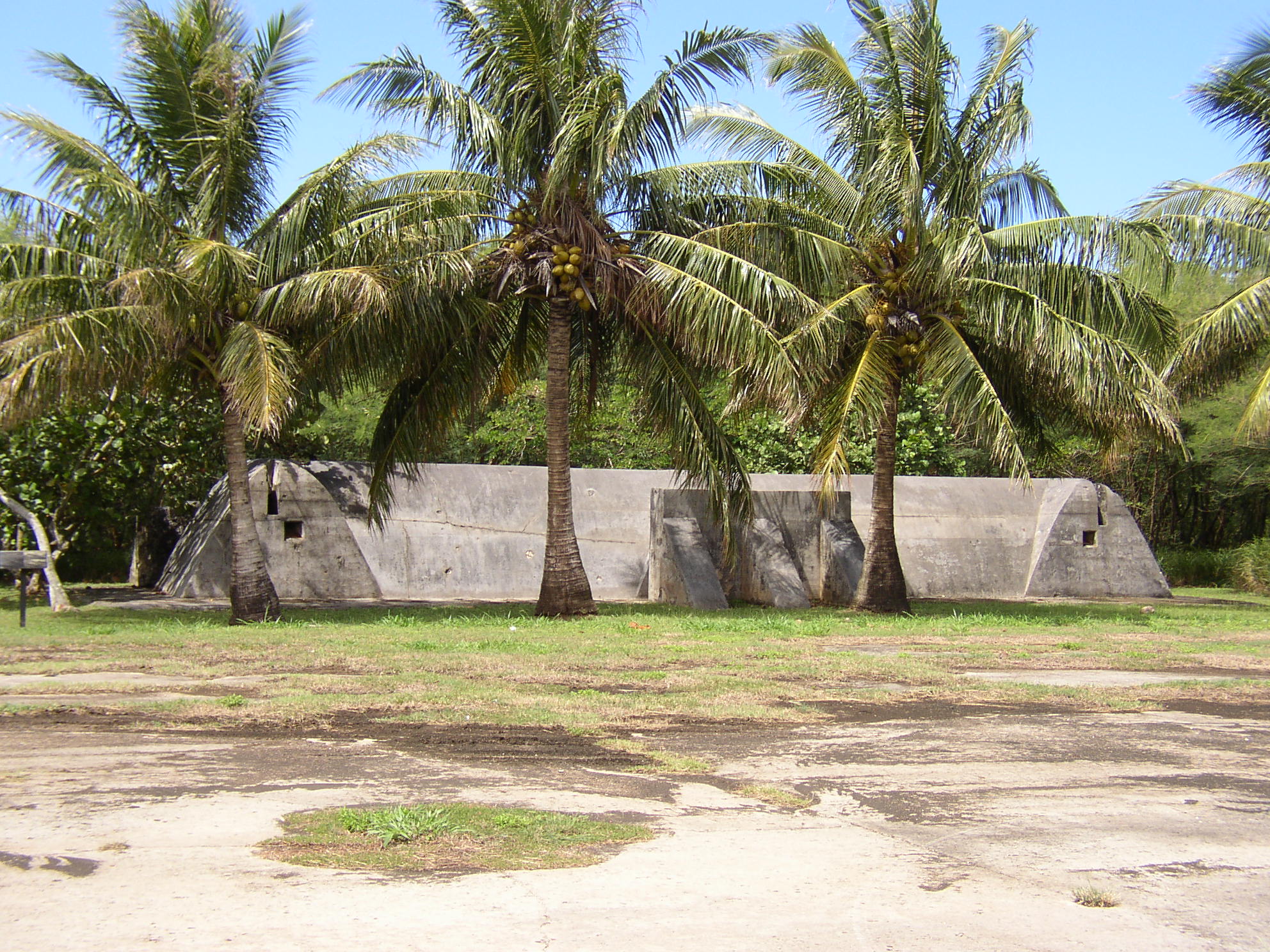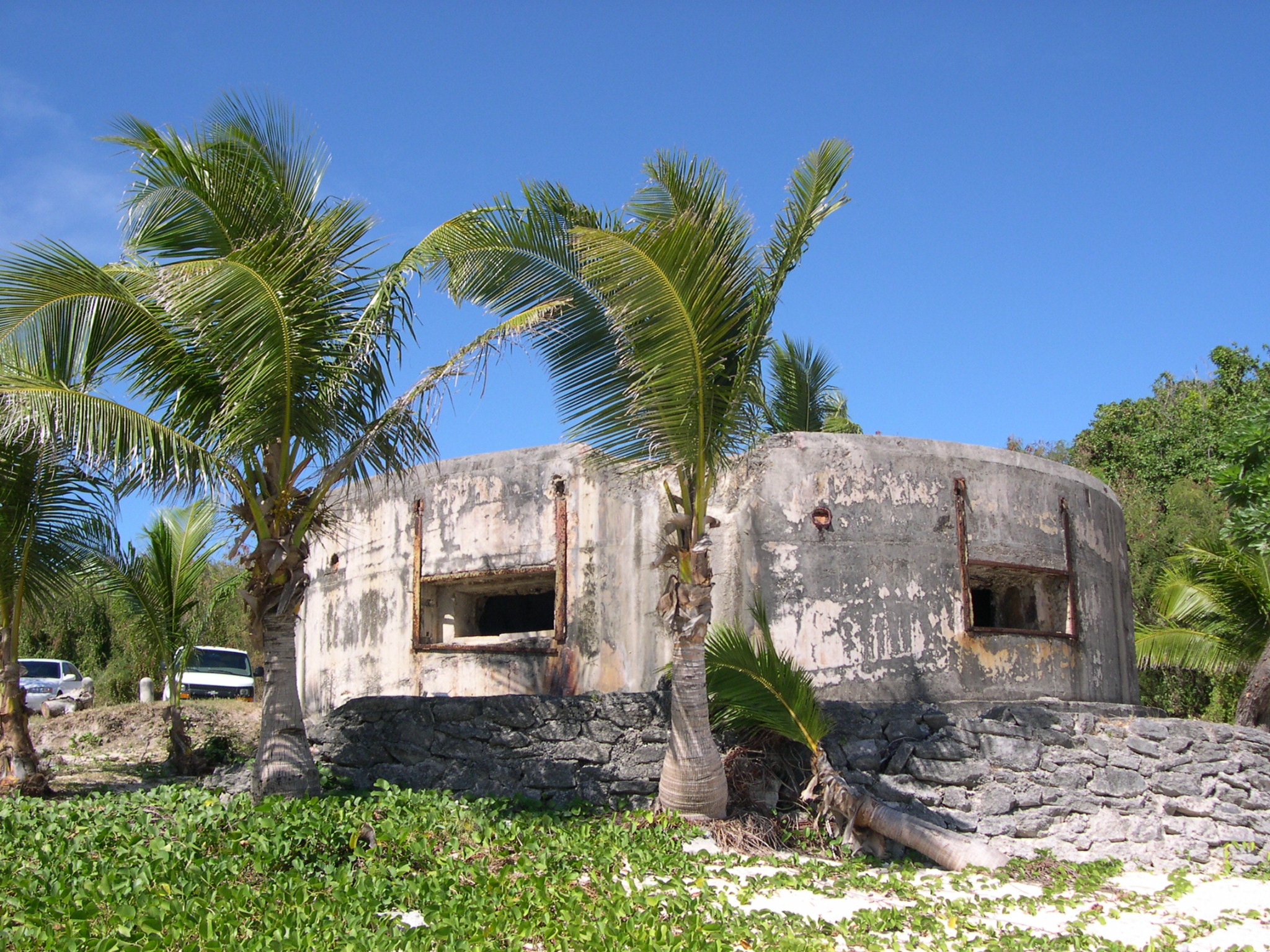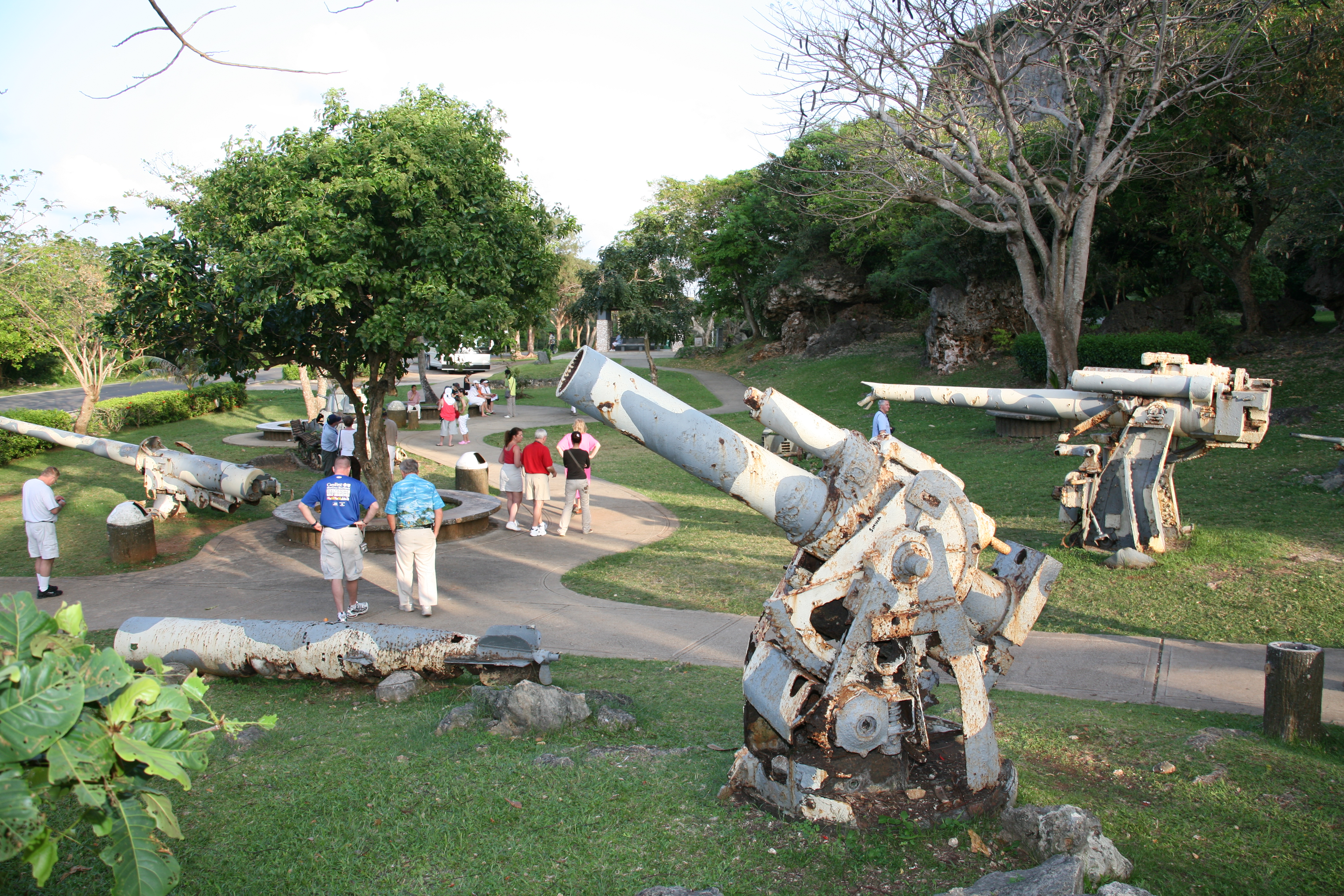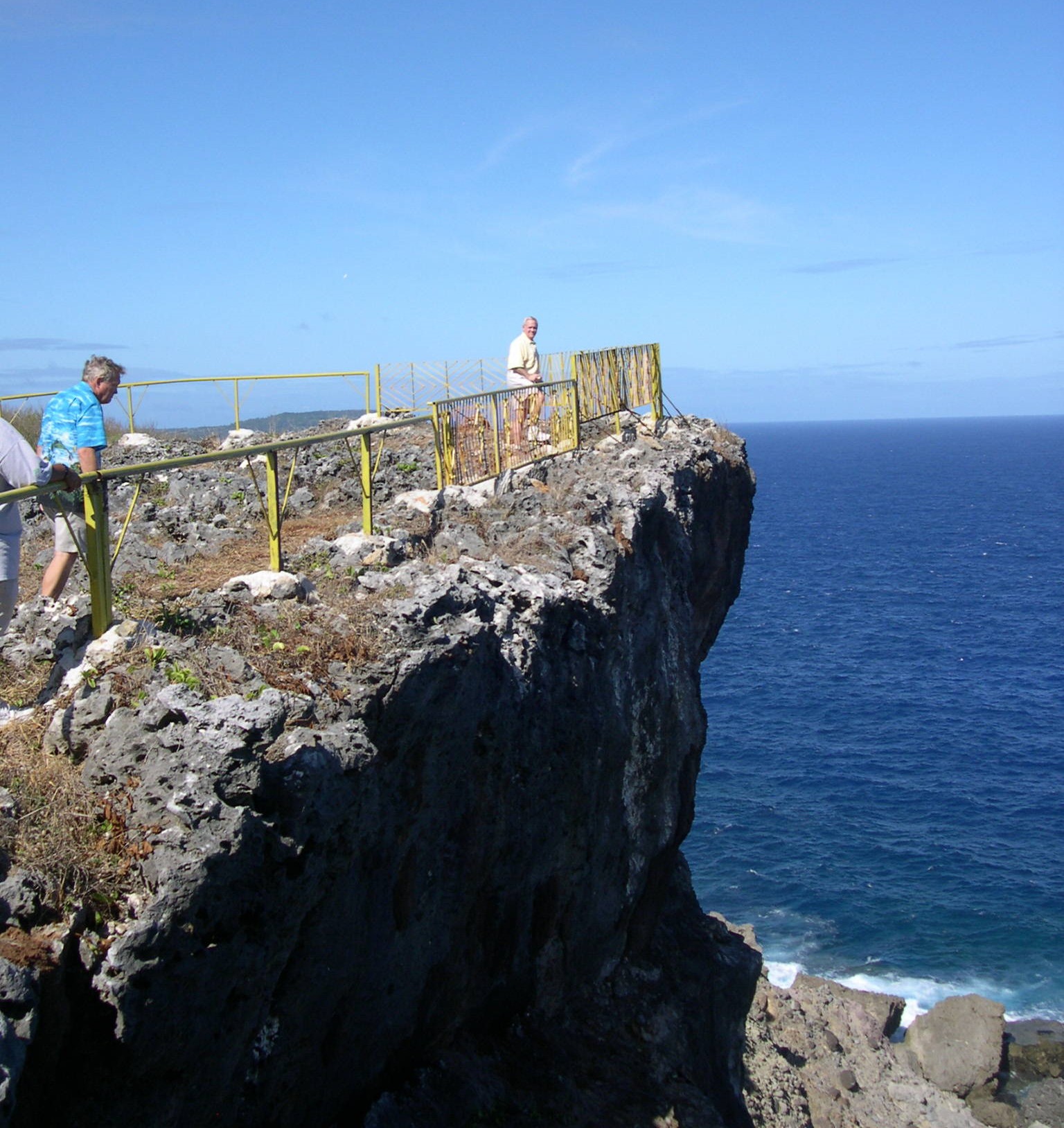Blog 07/11/2021 - Battle of Saipan Facts & Fiction
Saipan – The Fall of Imperial Japan Begins: Being a former Spanish and then German territory, Saipan became a Mandate of Japan by order of the League of Nations after World War I, and thus a large number of Japanese civilians lived there by the beginning of World War II, at least 25,000. The Allied WWII Mariana and Palau Islands Campaign, also known as Operation Forager, was an offensive launched against Imperial Japanese forces in the Mariana Islands of Saipan, Guam & Tinian and Palau Island of Peleliu between June and November 1944 during the Pacific War.
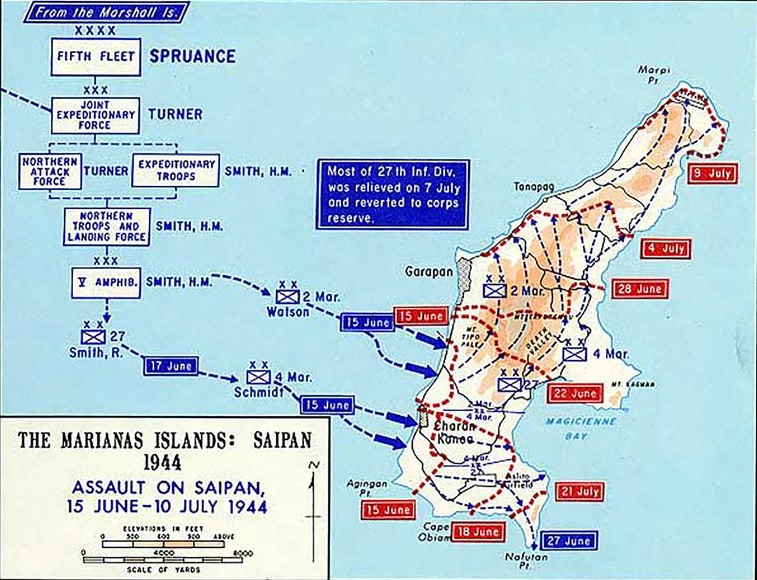
CINCPAC, FLEET ADM Chester Nimitz, USN ordered the U.S. Fifth Fleet under ADM Raymond A. Spruance, USN to accomplish the task. Spruance had Joint Expeditionary Force (Task Force 51) under VADM Richmond Kelly Turner, USN who had Northern Attack Force (TF 52 – Saipan and Tinian) under his command and the Southern Attack Force (TF 53 – Guam) under VADM Richard L. Conolly for the three amphibious landings in 1944 Battle of Saipan, 15 June – 9 July; Battle of Guam, 21 July – 10 August and the Battle of Tinian, 24 July – 1 August.
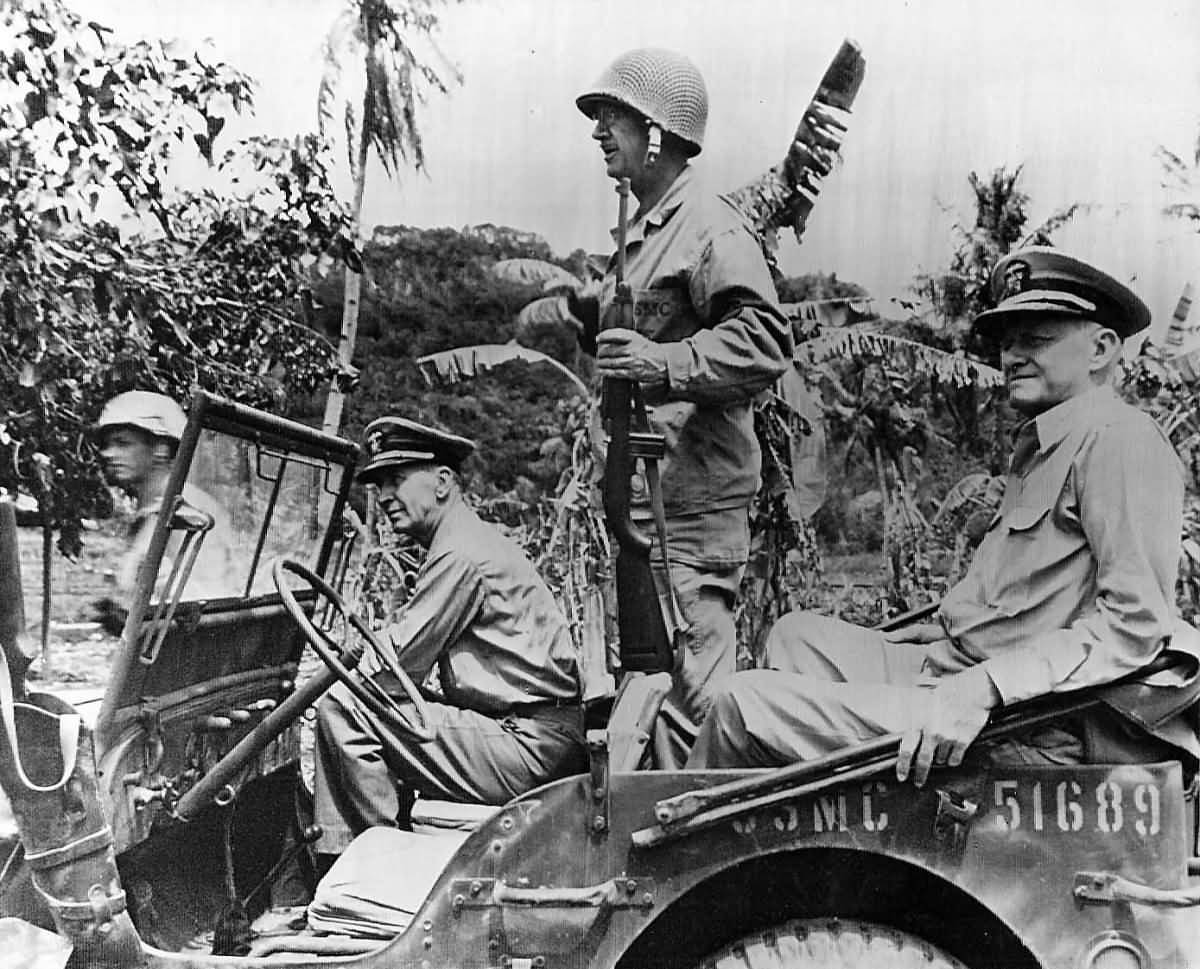
(Fleet Adm King, USN, LtGen Smith, USMC & Fleet Adm Nimitz, USN)
The Ground Forces for Saipan, Expeditionary Troops (TF 56) Commanding General was LtGen Holland M. "Howlin Mad" Smith, USMC with his V Amphibious Corps composed of the 2nd & 4th Marine Divisions plus the 27th Infantry Division (ID.) The Marianas was defended by the Imperial Japanese Thirty-first Army of Commanding General LtGen Hideyoshi Obata, Imperial Japanese Army (IJA) (who was off Saipan on an inspection tour of Guam during the battle and committed seppuku (ritual suicide) there on 11 August.) So, the defense of Saipan fell to the Commanding General of the 43rd ID, LtGen Yoshitsugu Saito, IJA.
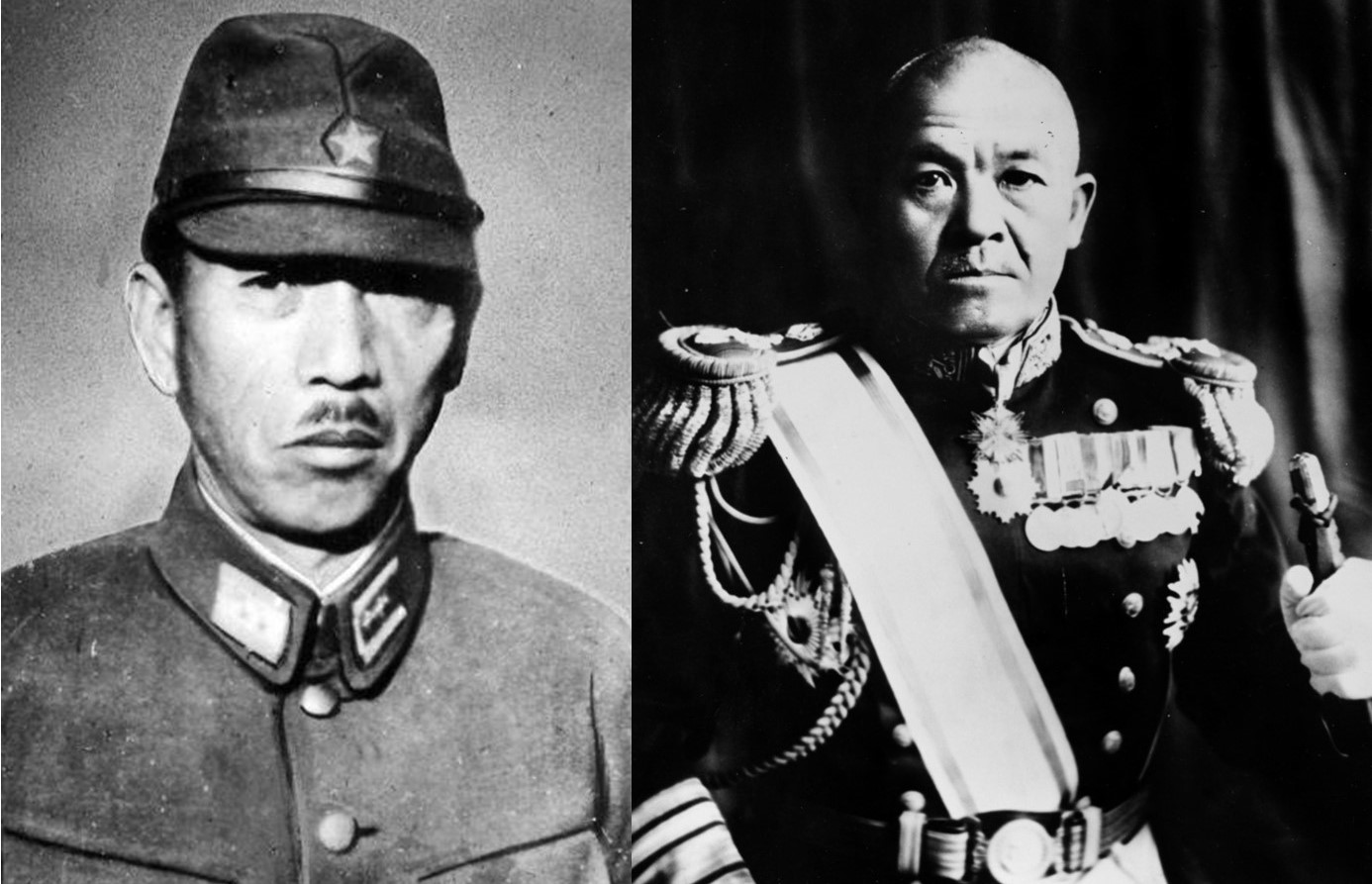
(LtGen Saito & VADM Nagumo)
He had the 43rd ID & the 47th Independent Mixed Brigade of 25,500 IJA soldiers and 6,200 Imperial Japanese Navy (IJN) personnel under Central Pacific Area Fleet HQ Commanding Officer: Vice Admiral Chūichi Nagumo who had been the Naval Commander of the 1st Air Fleet, the Kido Butai (the IJN Carrier Striking Task Force) during the sneak attack on Pearl Harbor. The Japanese had used their time between world wars to build defensive positions and bunkers on the island.
The Marines of the 2nd & 4th MarDivs landed on 15 June 1944 and were met with heavy resistence on the beaches. The 27th ID followed ashore two days later.
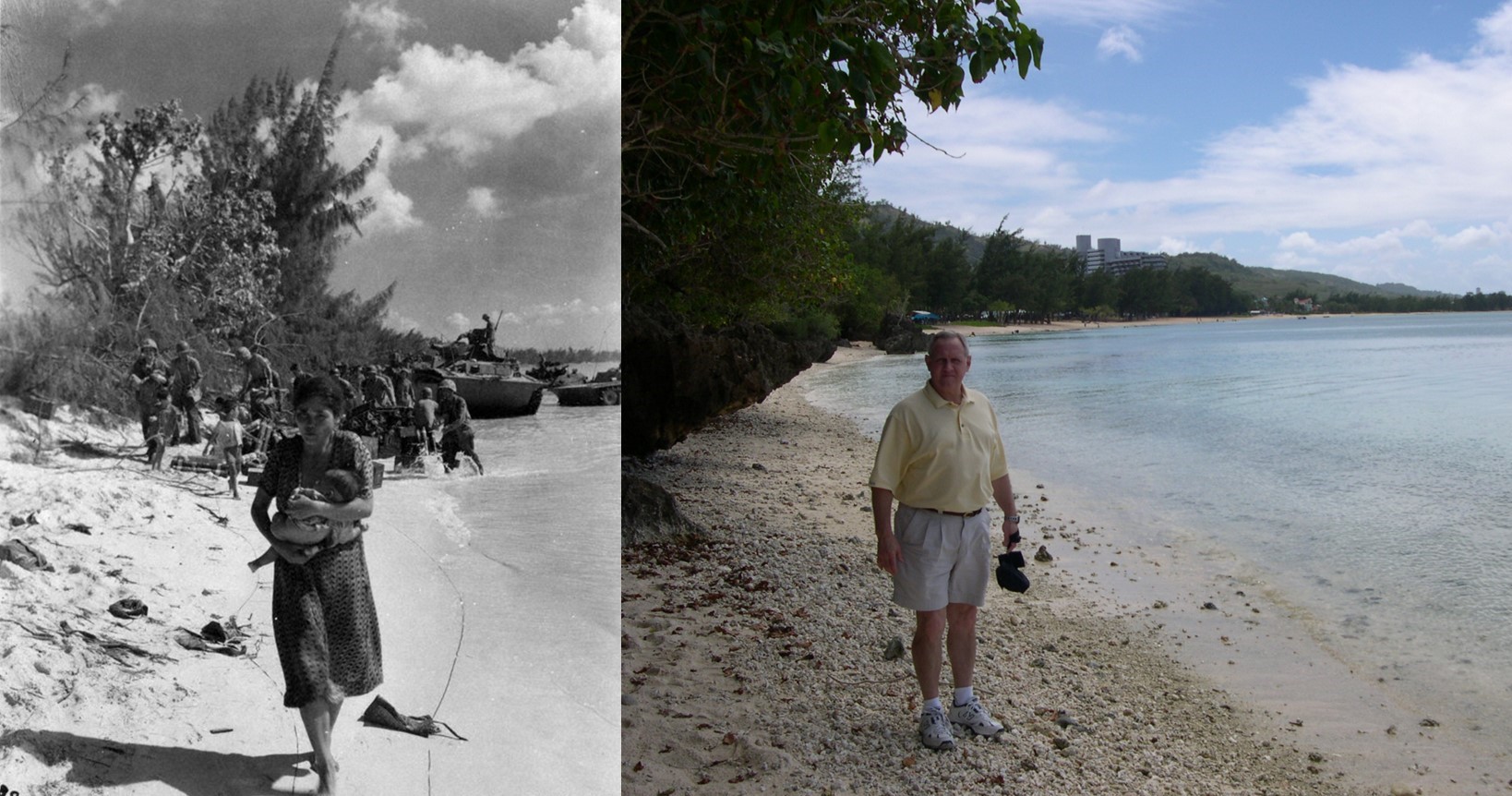
Despite intense Naval Gunfire from the “Old Battleships” of the Pearl Harbor attack, some karma for Admiral Nagumo the defenders pre-pared positions were still in tact.
.jpg)
The three US Divisions pushed north taking severe casualties taking ground that the IJA & IJN defenders considered part of Japan. With the advantage of perfect terrain to defend the Japanese made the 2nd MarDiv on the left the 27th ID in the middle & 4th MarDiv on the right pay for every yard. The 27th ID ran into the colorfully named Purple Heart Ridge, Hell’s Pocket & Death Valley and performed so poorly that its CG MajGen Ralph Smith, USA was relieved causing an intense interservice controversy.
.jpg)
On 20 June, the 4th MarDiv confronted a key objective. Lieutenant Chapin had a ringside seat:
“We had a perfect chance to watch a battalion of the 25th Marines making an attack... It was in action about a quarter of a mile from us, and the whole panorama was spread out before us. They were assaulting Hill 500, the dominant terrain feature of the whole area, and it was apparent that they were running into a solid wall of Jap fire.
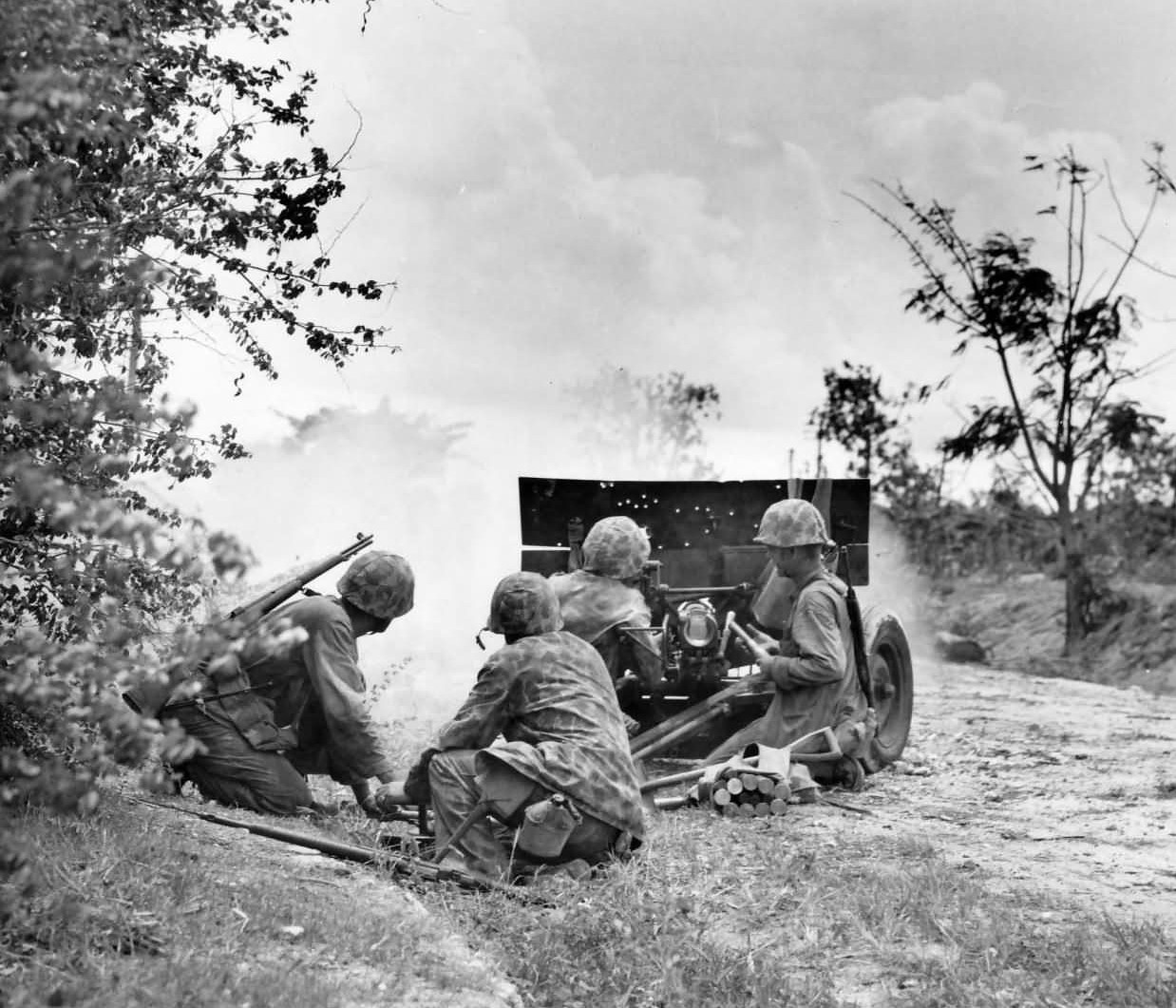
But, using [artillery] timed fire, smoke, and tanks, they finally stormed the top and took it. The use of those supporting arms provided a magnificent spectacle. From our vantage point, we could see the timed fire bursting in cave entrances, and moving down the face of the hill as precisely as if going down a stepladder. On the lower levels, the flame-thrower tanks were spouting their napalm jets upward into other caves. It was quite a sight!”
With the Japanese dug in often in their concrete reinforced bunkers, hidden in their well camouflaged positions, the Marines and soldiers would use teams with grenades or satchel charges of high explosive to toss into their caves and positions augmented with petroleum (e.g., gelignite, napalm, diesel fuel) and flamethrowers to burn them out.
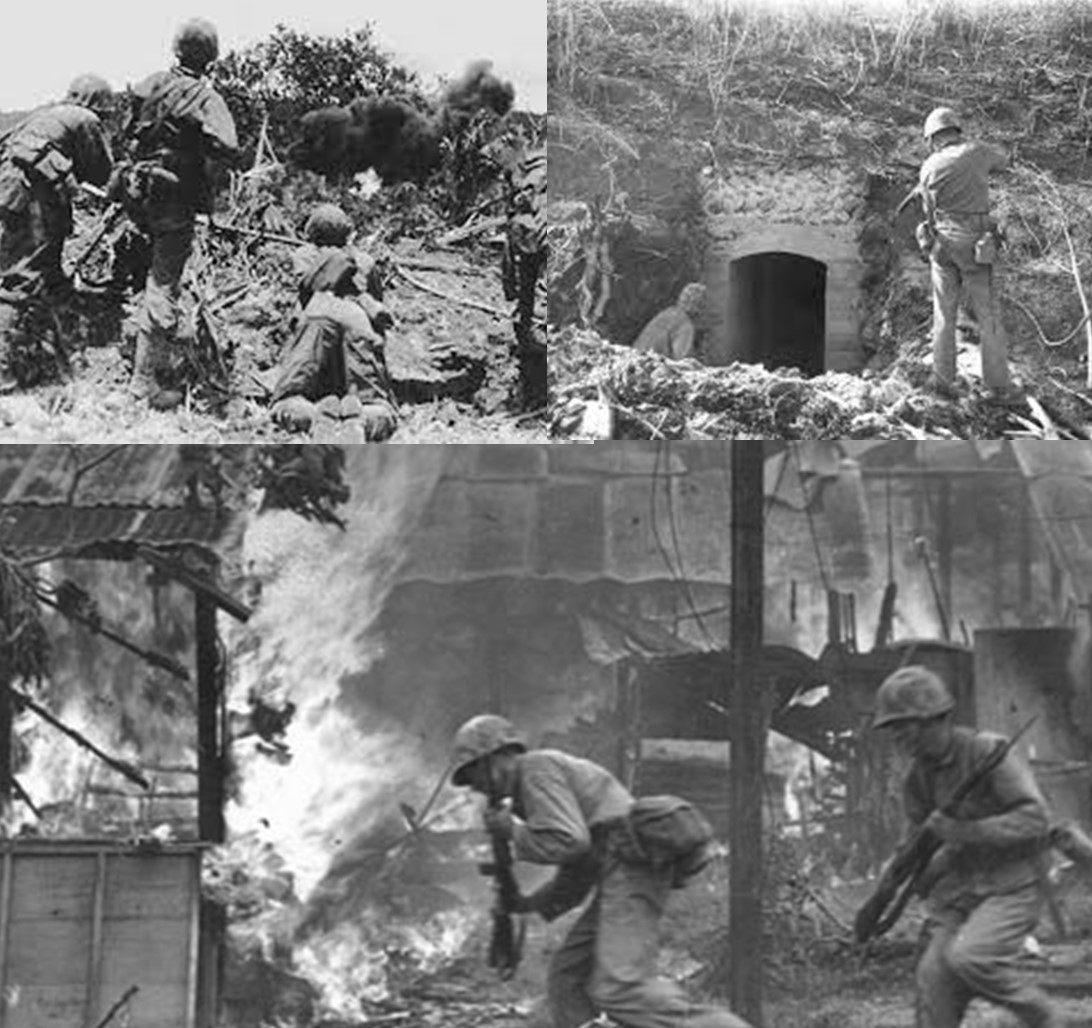
If any of them bolted out, the team’s riflemen would cut them down. In the rare case if any surrendered the riflemen were always ready for them to try a last-ditch suicide grenade or dynamite attack. These weapons used and the tactics of close quarter fighting resulted in high civilian casualties. Civilian shelters were located virtually everywhere on the island, with very little difference from military bunkers noticeable to attacking Marines.
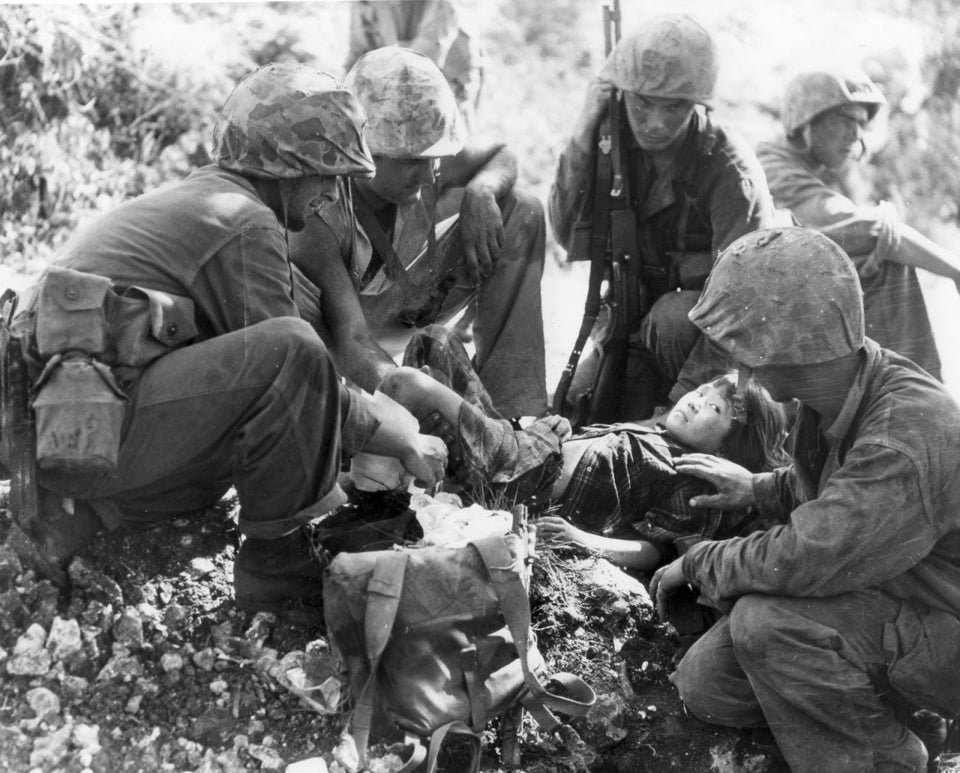
Consequently, there were high civilian casualties as Japanese combatants used civilians as human shields and they often were caught between the two sides in the fighting as every village was contested. The U.S. erected a civilian prisoner encampment on 23 June that soon had more than 1,000 prisoners. Electric lights at the camp were conspicuously left on overnight to attract other civilians with the promise of three warm meals and no risk of being shot in combat accidentally.
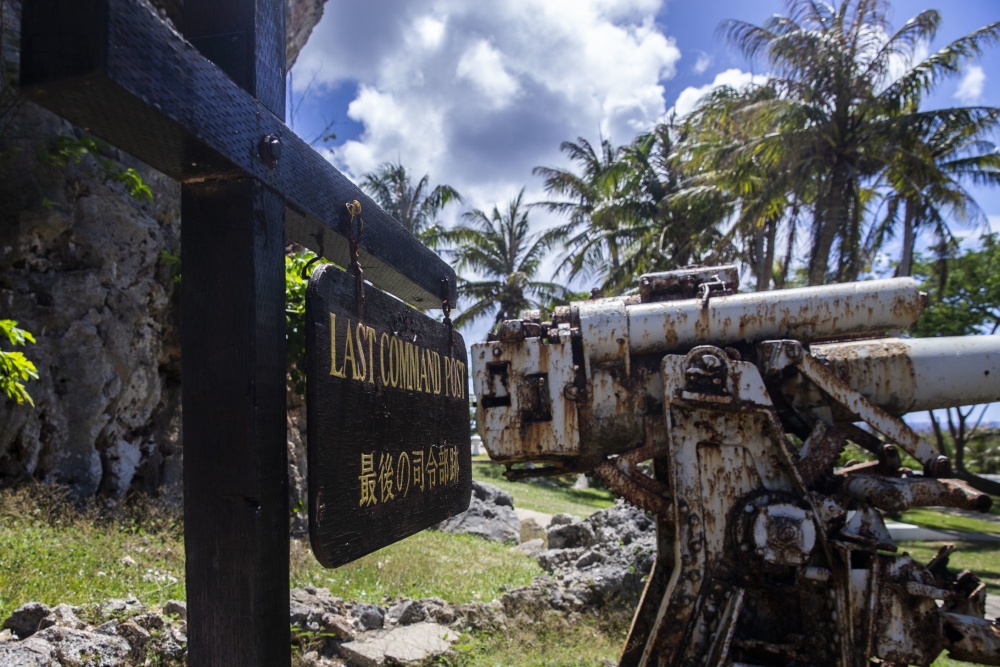
By 6 July, the Japanese had nowhere to retreat having been pushed to the northern most tip of the island. LtGen Saito in his 6th and final CP made plans for a final suicidal banzai charge. LtGen Smith knowing from experience that the Japanese wouldn’t surrender warned all frontline units to prepare for a final Banzai charge. On the fate of the remaining civilians trapped with the IJA & IJN troops on the island, Saito irrationally said, "There is no longer any distinction between civilians and troops. It would be better for them to join in the attack with bamboo spears than be captured." WWII-era Japanese were raised in a culture in which ritual suicide was a perfectly acceptable, rational means to avoid dishonor, reverse disgrace, and to restore disrupted social order.
The concept manifested itself in WWII Japan through kamikaze and banzai attacks against their enemies, as well as seppuku suicides by officers who lost battles, which was called “kakugo no jisatsu” (suicide of resolve.) Accordingly, LtGen Saito ordered Col Suzuki of the 135th Infantry Regiment to lead all the remaining Japanese troops on the island to amass and die in honor of the emperor, in a huge banzai charge at the American lines. In what was to be the largest banzai charge of the entire war, 4,000 Japanese troops with the most able-bodied at the front, down to the sick and wounded at the rear, hobbling or limping along without weapons, along with a number of civilians carrying improvised bamboo spears engaged the American Marines and army units in a suicidal frontal assault.
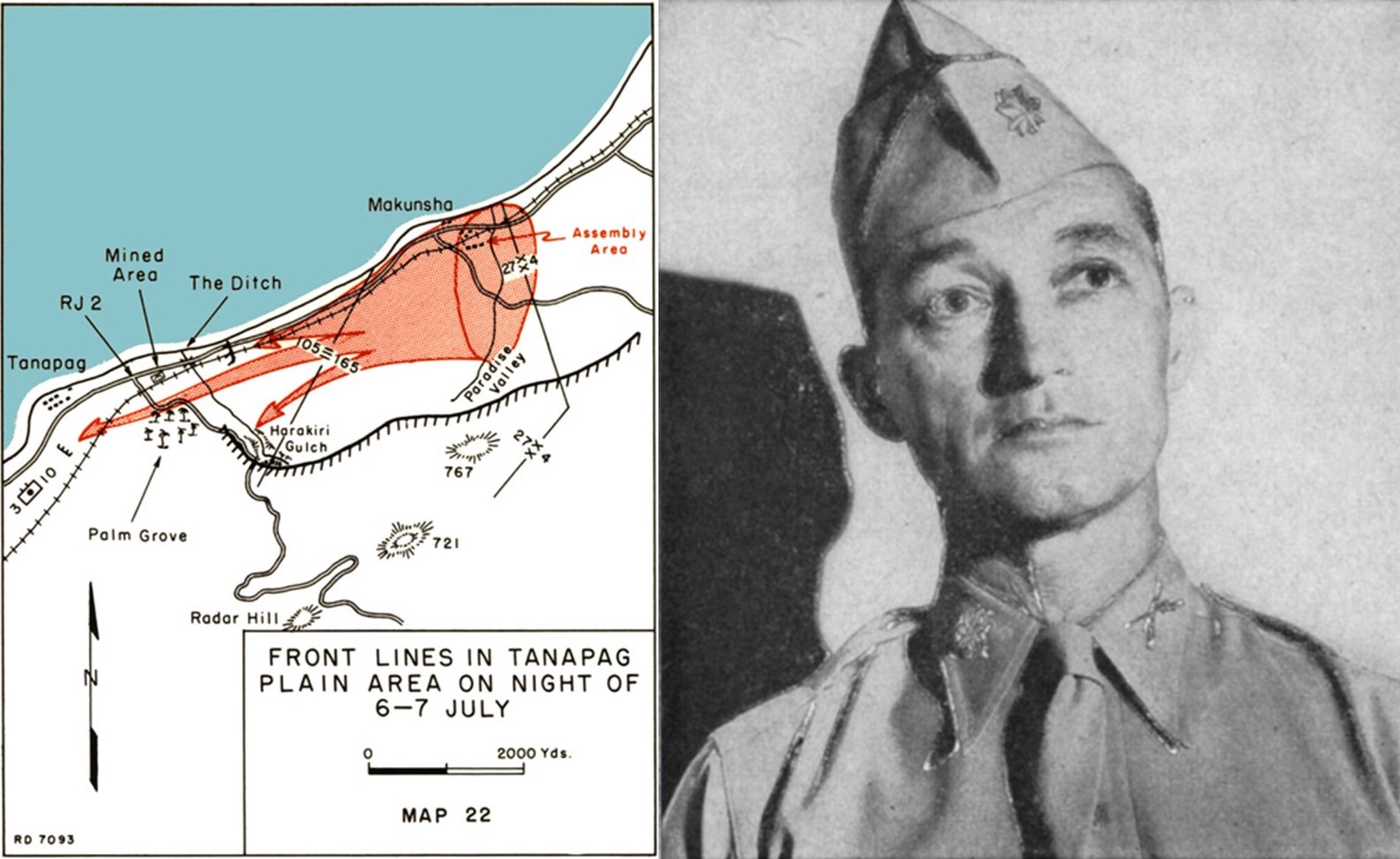
At dawn on the 7 July, with a dozen men carrying a great red flag in the lead, the remaining 4,000 men followed them charging forward in their final attack. Amazingly, behind them came the wounded, with bandaged heads, crutches and barely armed. The Japanese Banzai charge surged over the U.S. front lines, engaging both Army and Marine units. The 1st and 2nd Battalions of the 105th Infantry Regiment were almost destroyed. However, the fierce resistance of these two battalions, the 105th’s Regimental Headquarters Company, and three battalions of the 10th Marine Artillery Regiment, resulted in over 4,300 Japanese Killed In Action (KIA) and over 400 dead US soldiers and Marines with more than 500 Wounded In Action (WIA.)
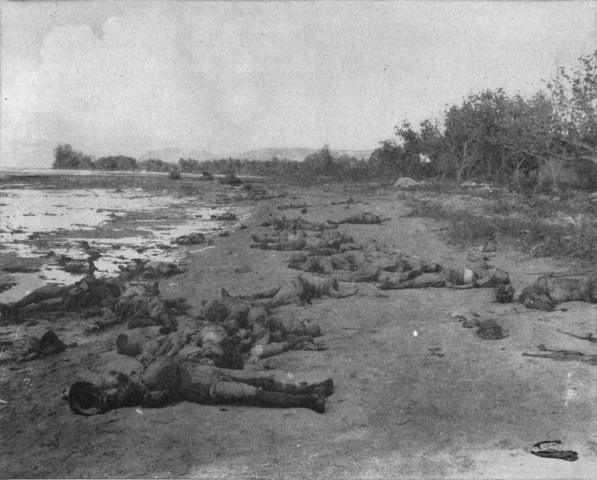
The attack on 7 July would be the largest Japanese Banzai charge in the Pacific War. For their actions during the 15-hour Japanese attack, three men of the 105th Infantry Regiment, 27th ID were posthumously awarded the Medal of Honor: Capt. Ben L. Salomon, Pvt Thomas A. Baker, and LtCol William J. O’Brien, USA whose battalion and another were attacked by an overwhelming enemy force estimated at 4,000 Japanese. With bloody hand-to-hand fighting in progress everywhere, their forward positions were finally overrun by the sheer weight of the human wave of enemy. With many casualties and ammunition running low, LtCol O’Brien stayed on the front lines. Striding up and down the lines, he fired at the enemy with a pistol in each hand and his presence there bolstered the spirits of the men, encouraged them in their fight and sustained them in their heroic stand. Even after he was seriously wounded, LtCol O’Brien refused to be evacuated and after exhausting his pistol ammunition, he manned a jeep mounted .50 caliber machinegun and continued the fight. When last seen alive he was standing upright firing into the Japanese hordes that were then enveloping him. When the attack was broken, his body was found surrounded by dead Japanese that he had killed. His valor was consistent with the highest traditions of the US Army.
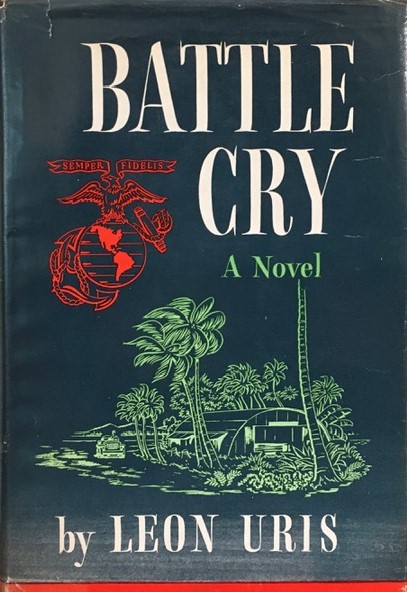
Probably no better fictional book to read on the Pacific War is “Battle Cry.” It is a 1953 novel by American writer Leon Uris. Many of the events in the book are based on Uris's own WWII experience with the 2nd Battalion, 6th Marine Regiment. The book tells the story of how this diverse group came together to form an effective team, as well as describing the battles they fought in, including the Battle of Guadalcanal, Tarawa and Saipan. Also described are their boot camp experiences in San Diego and their two assignments to US Marine camps in New Zealand, the first time for preparatory training for the Battle of Guadalcanal and then back again for rest and recovery before the Tarawa campaign.
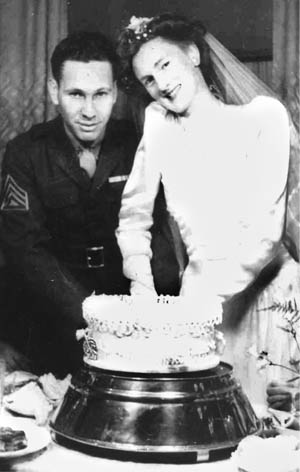
Their experiences in New Zealand reveal the very different cultures of the two allies, and how much the young Marines enjoyed the hospitality of the local people, in spite of being what has been called a “friendly invasion.” The 6th Marines hit Green Beach at Tarawa in November of 1943, but this is a reinforcement landing, bloody enough though the action is. The Battle of Saipan the following summer is where they faced decimation. “Battle Cry” is Uris at his finest, here is a powerful excerpt from the book, 1953, Putnam...Page 468... (Note: Red Beach One, Saipan, the beloved 2nd Battalion Commanding Officer Major "Highpockets" Huxley, USMC has been killed, casualties are high and the enemy is counterattacking in a massed Banzai Charge, and now their indestructible leader Captain Max Shapiro, Fox Company Commander also lies dying)
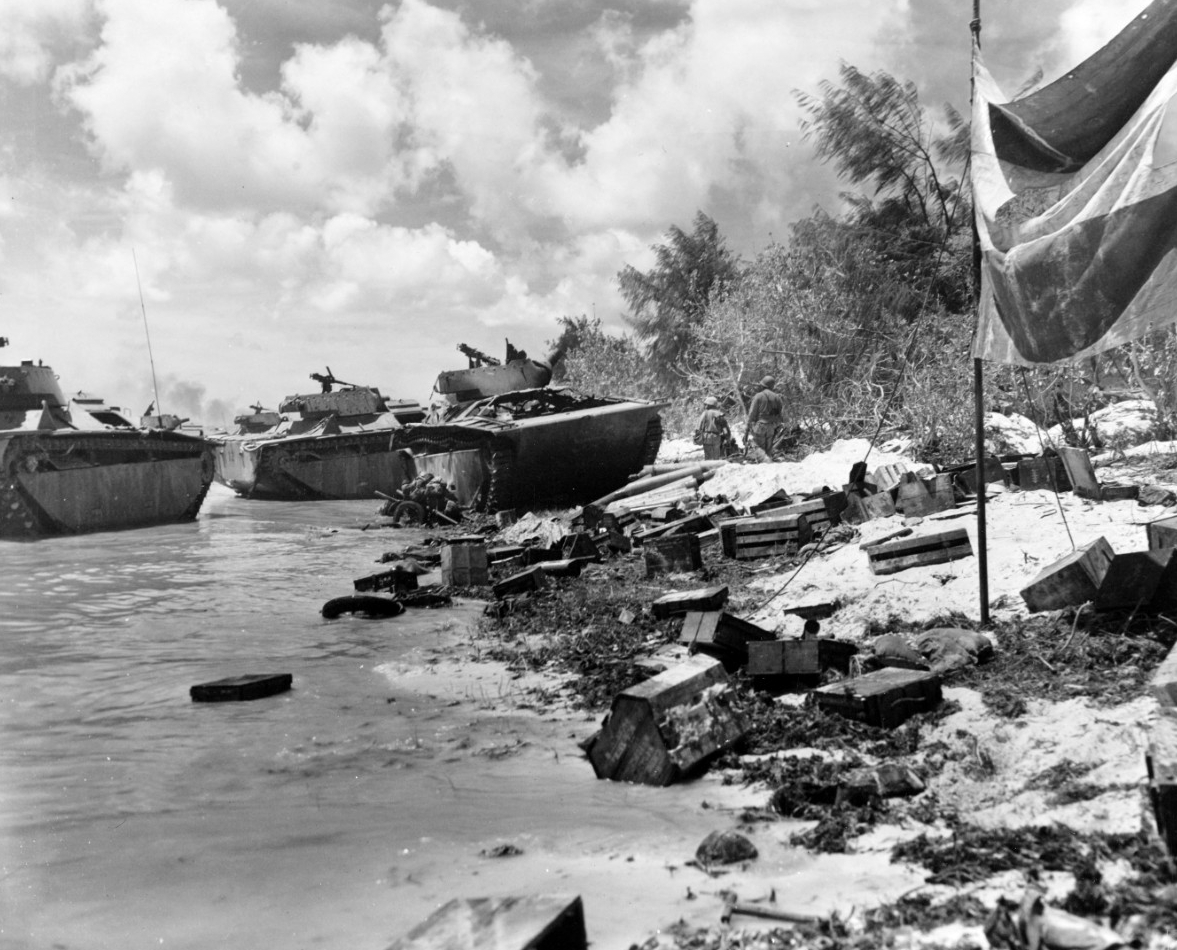
"As the stunned Marines braced for the death they knew must come, Two Gun Shapiro stepped in front of them, his two pistols smoking, He turned to his Marines and over the din they heard a gristly shriek from his lips. 'Blood!' he cried. Max Shapiro sank to his knees, his pistols empty. He threw them at the enemy, 'Blood' he screamed, 'Blood!'
The men of Huxley's Whores were petrified. A legend was broken. The invincible Captain, the man bullets could not touch, the man they believed was almost divine, lay there writhing in agony the same as any human being. The blood gushed from his mouth and ears and nose and he rolled over defiantly, trying to crawl to his enemy to kill them with bare hands, the same ghastly word on his lips.
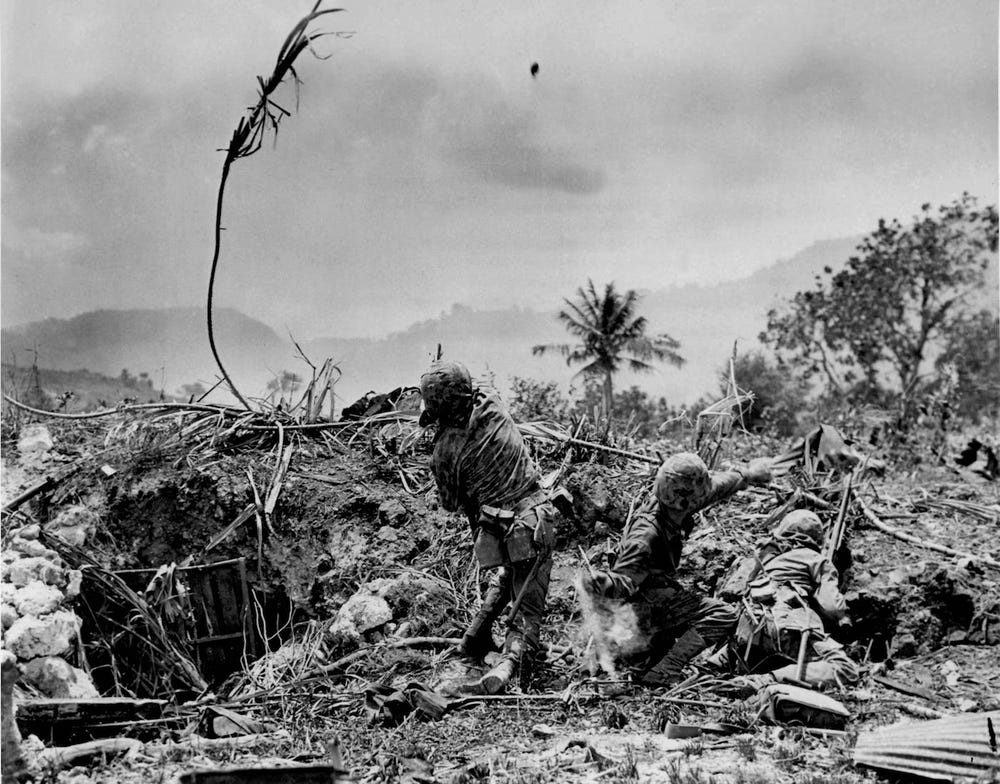
Was he human after all? Did he not realize that something must be done to elevate his men to a task beyond human capabilities? Was it his God who sent him forward to sacrifice himself? Or was Max Shapiro merely a mad dog, full of a glorious madness?
Huxley's Whores rose to the heights of their dead Captain. They no longer resembled human beings. Savage beyond all savagery, murderous beyond murder, they shrieked, 'BLOOD!' 'BLOOD!' ...'BLOOD!'
The enemy, who were mere mortals, fell back."
By 16:15 on 9 July, Admiral Turner announced that Saipan was officially secured. LtGen Saito, along with MajGen Keiji Igeta, 31st Army Chief of Staff committed seppuku in a cave on 7 July. Vice Admiral Nagumo and his Chief of Staff, RADM Hideo Yano also committed seppuku on the 7th in the closing days of the battle. He had been in command of the IJN air forces stationed on the island having been reassigned there after the Midway defeat.
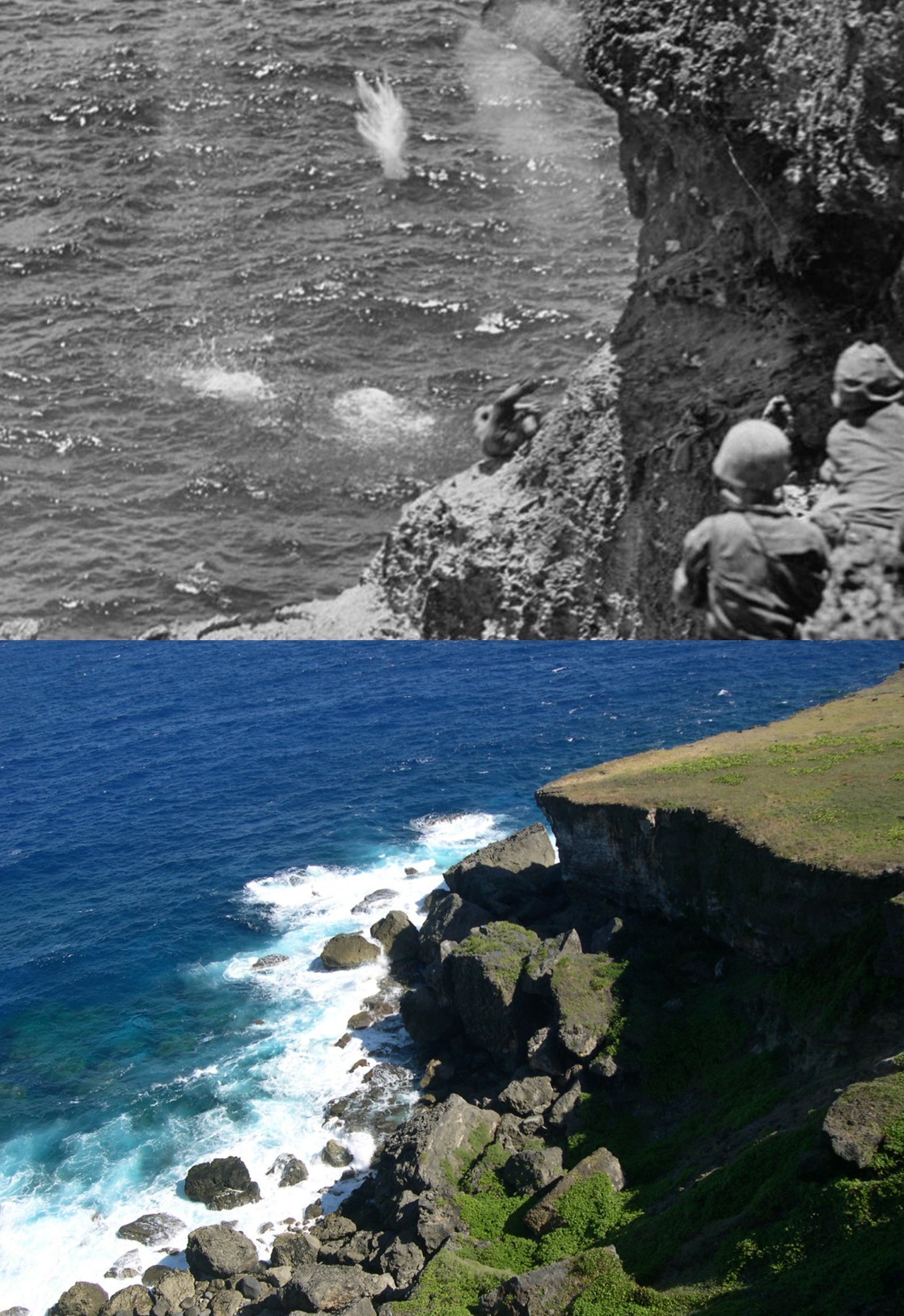
More than 1,000 Japanese civilians committed suicide in the last days of the battle to take the offered privileged place in the afterlife, some jumping from places later named "Suicide Cliff" and "Banzai Cliff."
In the end, almost the entire Japanese garrison of troops on the island of at least 29,000, died.
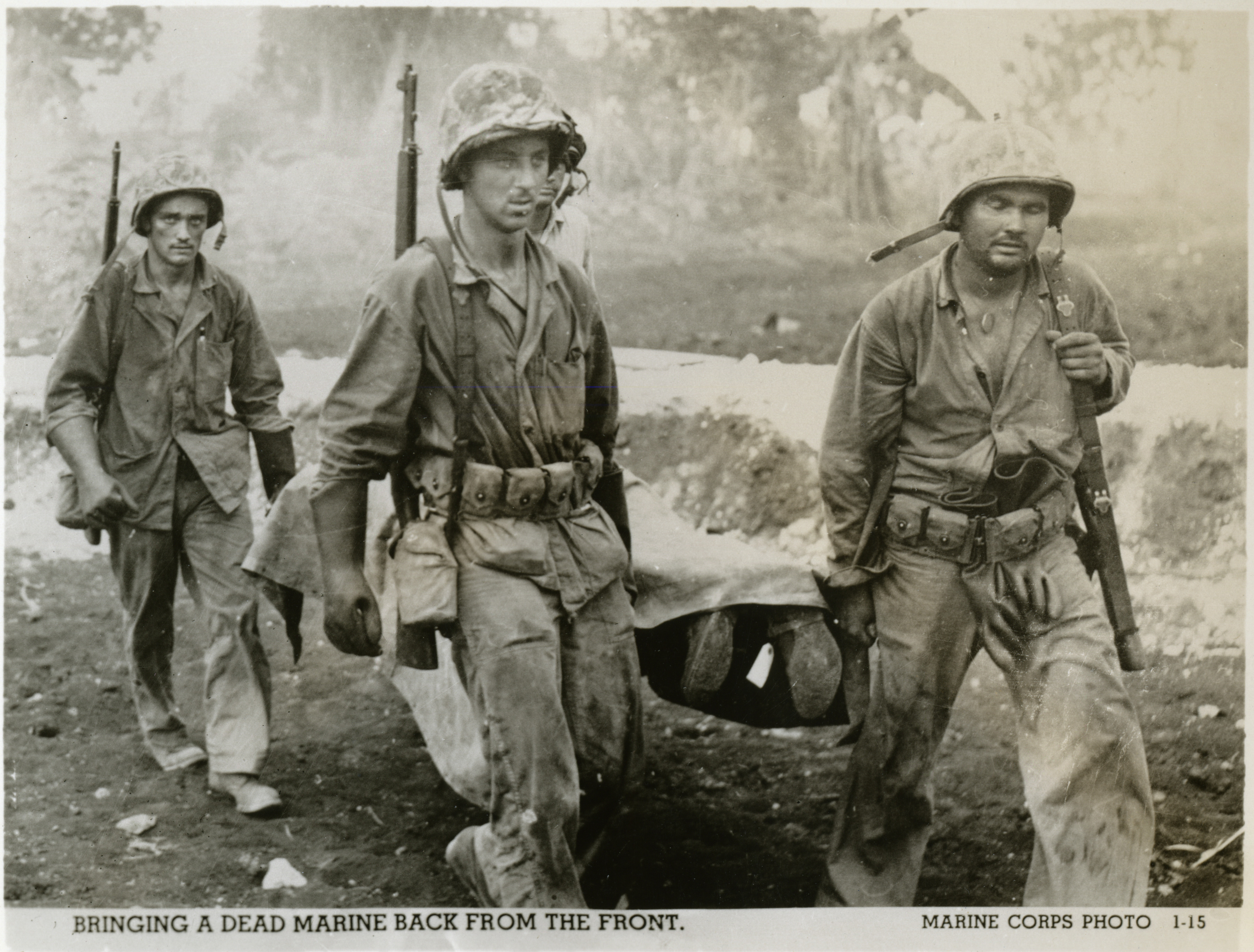
For the Americans, the victory was the most-costly to date in the Pacific War: out of 71,000 who landed, 2,949 were KIA and 10,464 WIA.
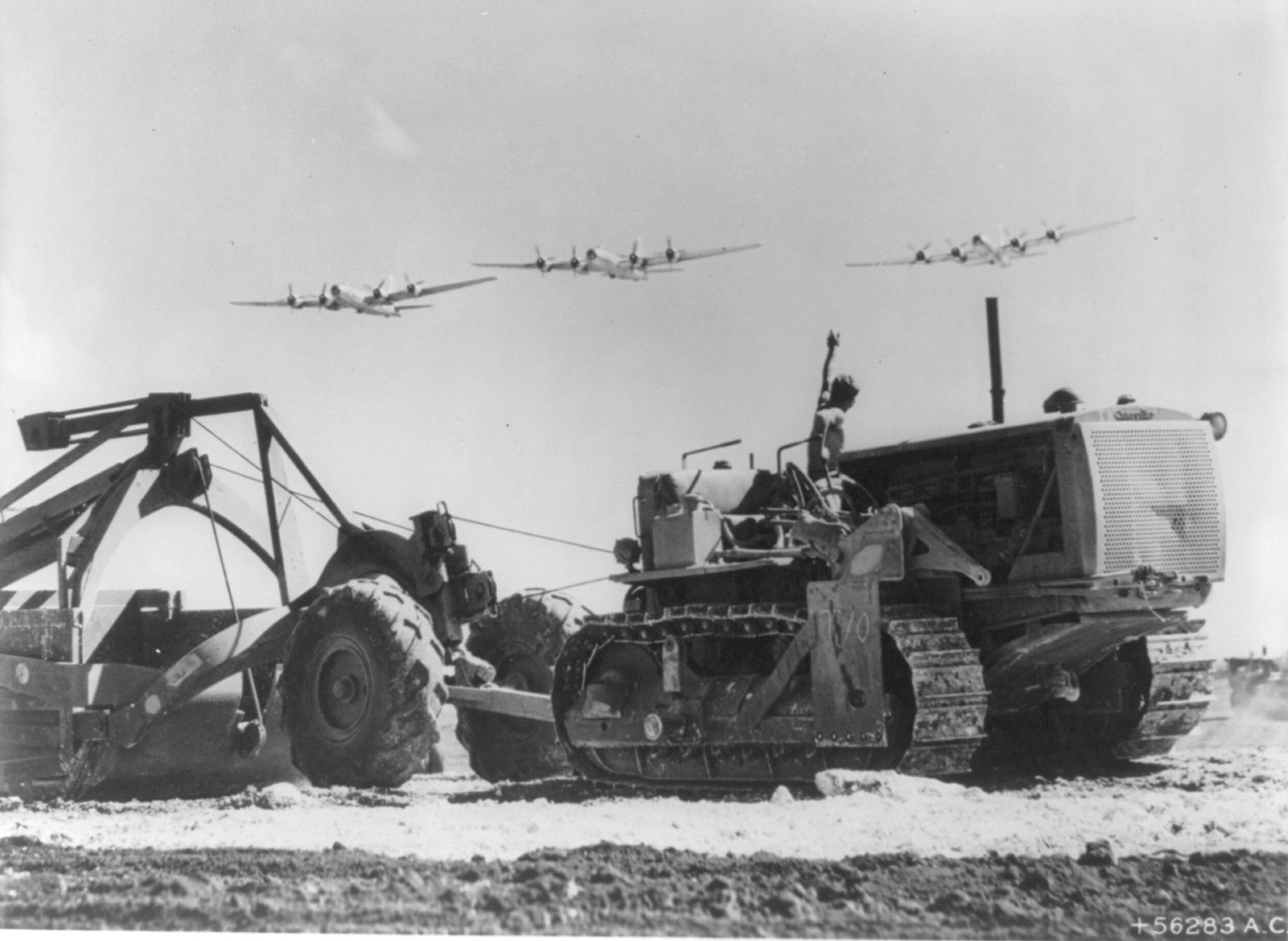
The leaders in Tokyo were correct in realizing the war was lost as soon the great fleets of B-29s would be using the Marianas to rain death on the Japanese Mainland and start to erode the Japanese people’s faith in the emperor and the disastrous war they had been engulfed.
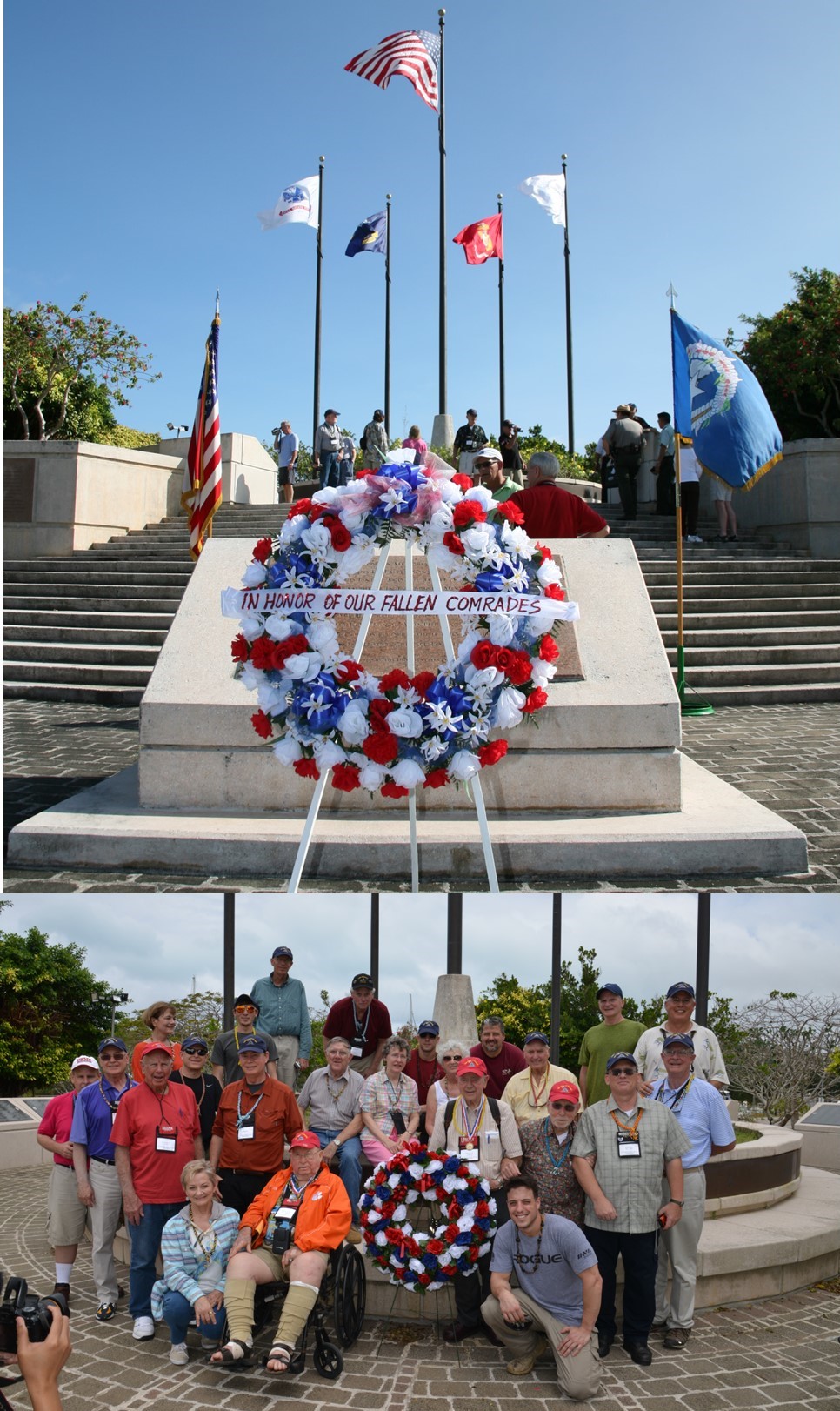
The Saipan battlefields are still outstanding to walk. MHT returns with every Iwo Jima return when we are based out of Guam.
